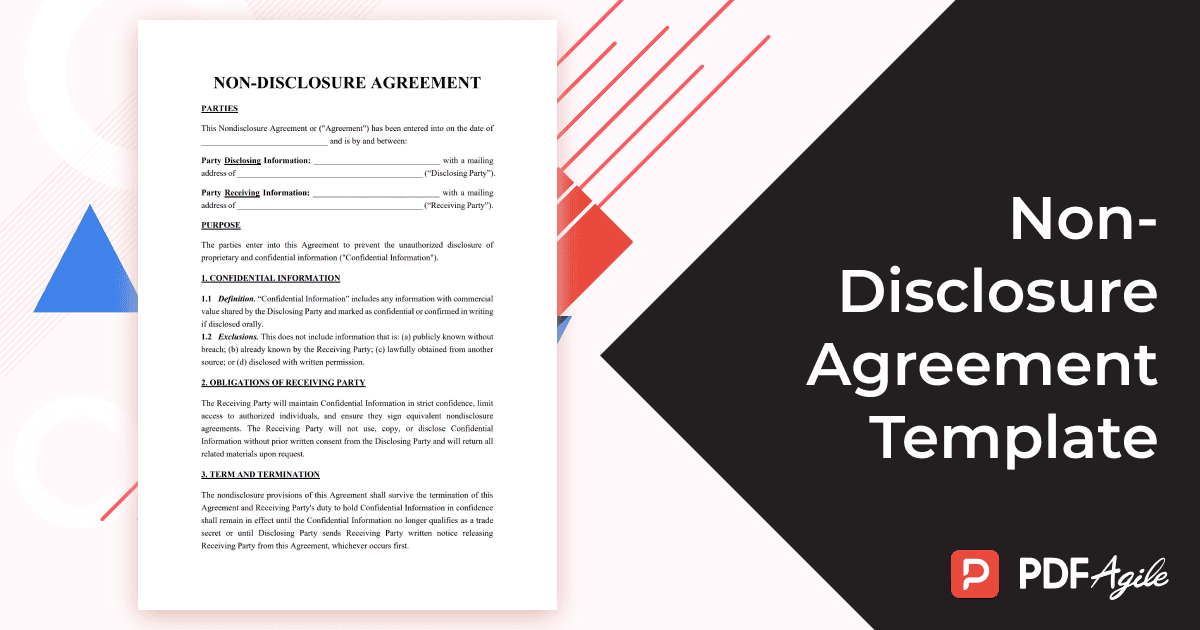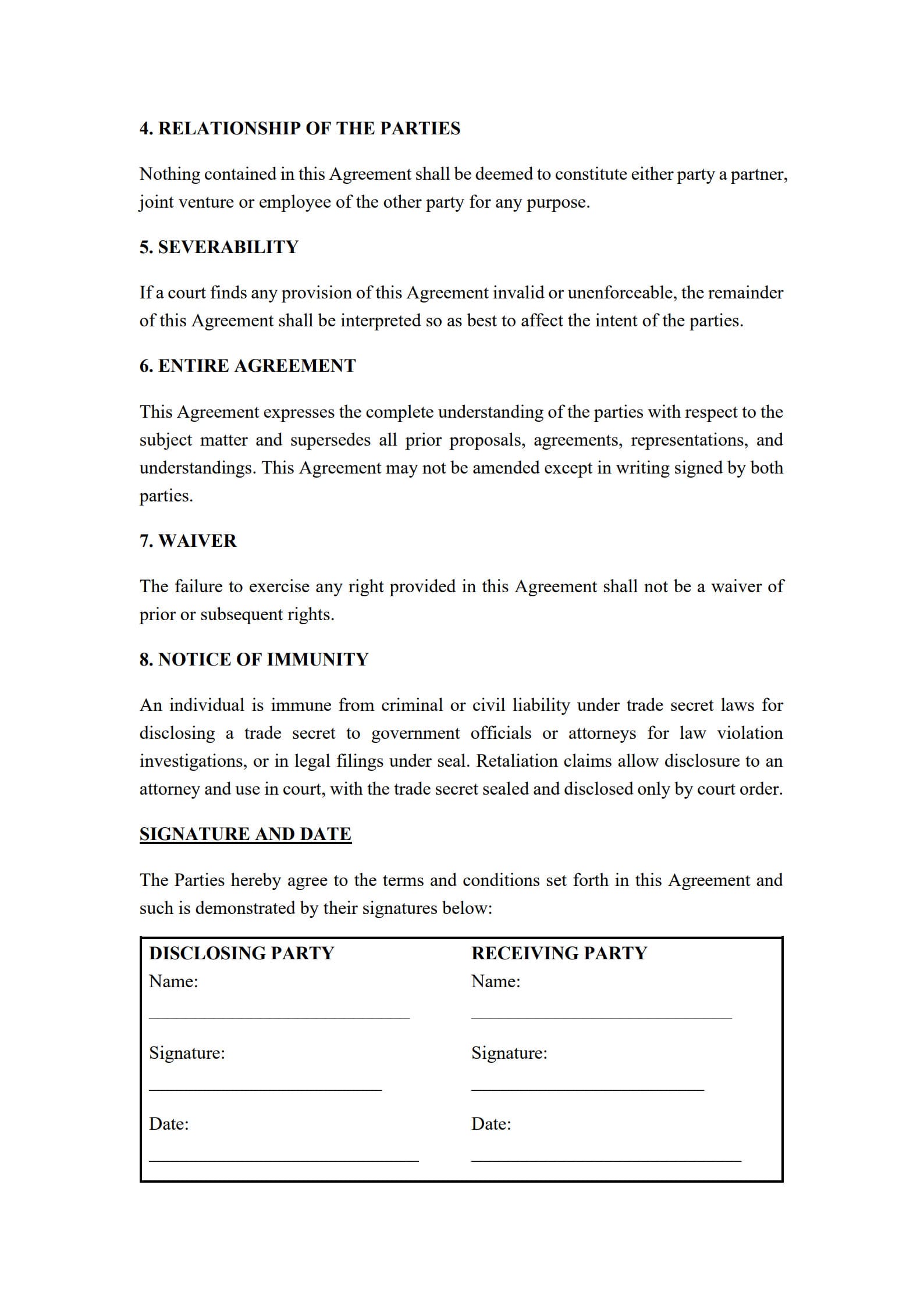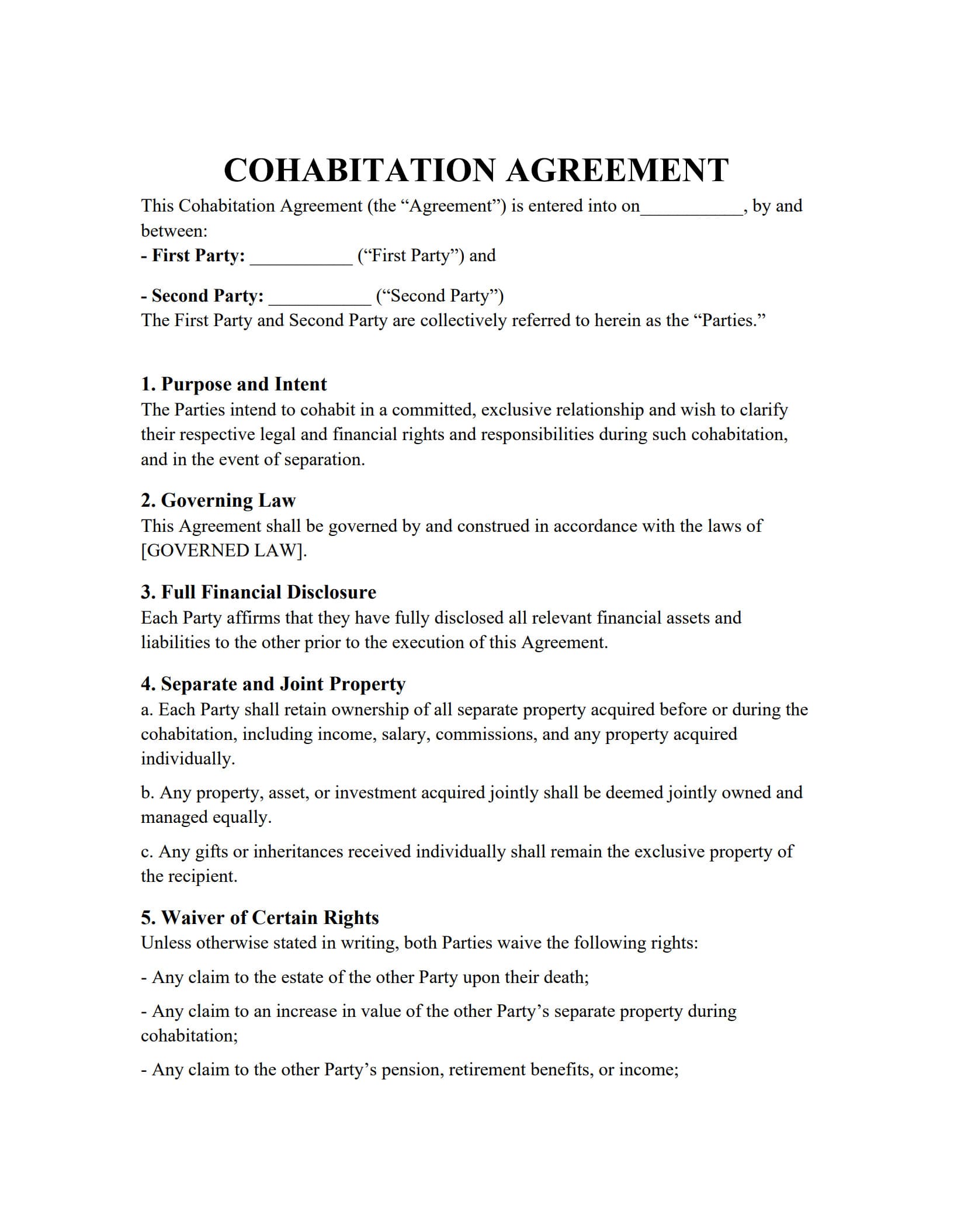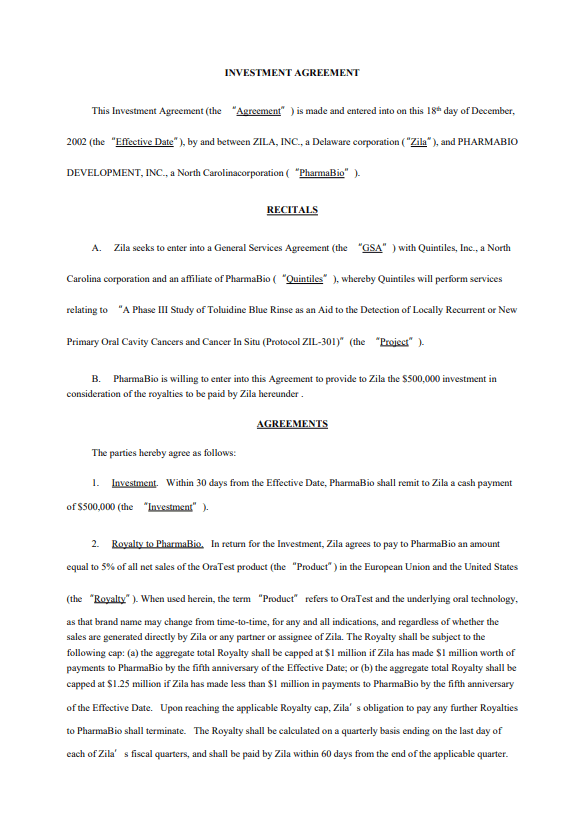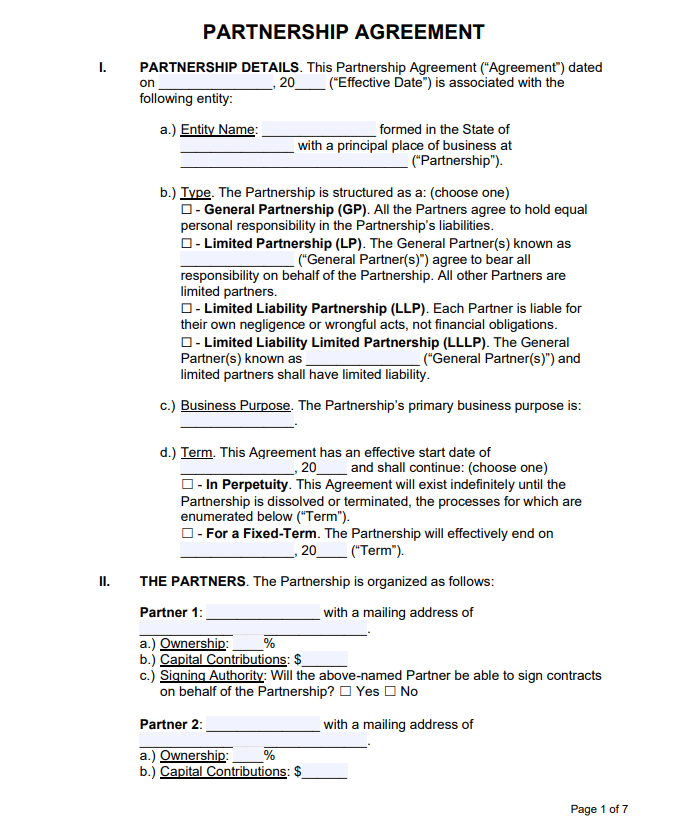In today's fast-paced and highly competitive world, protecting sensitive information is paramount for businesses and individuals alike. A Non-Disclosure Agreement (NDA) serves as a critical legal tool designed to safeguard confidential information from unauthorized disclosure. Whether you are a startup sharing innovative ideas with potential investors, a corporation collaborating with external partners, or an individual engaging with service providers, NDAs play a pivotal role in maintaining the integrity and secrecy of your valuable data. This article delves into the essence of NDAs, their key components, various types, and the benefits they offer. By understanding and effectively utilizing NDAs, you can foster trust, ensure legal protection, and secure your sensitive information in an increasingly interconnected world.
What is a Non-Disclosure Agreement?
A Non-Disclosure Agreement (NDA), also known as a confidentiality agreement, is a legally binding contract that establishes a confidential relationship between two or more parties. The primary purpose of an NDA is to protect sensitive information from being disclosed to unauthorized individuals or entities. This type of agreement is commonly used in various business contexts, including negotiations, partnerships, employment, and collaborations, where proprietary or sensitive information needs to be shared.
NDAs are crucial for several reasons:
1. Protection of Sensitive Information: They ensure that trade secrets, business strategies, customer data, and other confidential information remain secure and are not exposed to competitors or the public.
2. Legal Recourse: In the event of a breach, an NDA provides a legal framework for pursuing damages or injunctive relief against the offending party.
3. Building Trust: By signing an NDA, parties demonstrate their commitment to maintaining confidentiality, which can foster trust and encourage open communication.
4. Clarity and Boundaries: NDAs clearly define what information is considered confidential, the obligations of the receiving party, and the duration of the confidentiality period.
Benefits of Using NDAs
Non-Disclosure Agreements (NDAs) offer several significant advantages for individuals and organizations looking to protect sensitive information. Here are some key benefits:
1. Protection of Trade Secrets and Proprietary Information: NDAs help safeguard valuable trade secrets, business strategies, product designs, and other proprietary information from being disclosed to competitors or the public. This protection is crucial for maintaining a competitive edge in the market.
2. Legal Recourse in Case of Breaches: By establishing a legally binding agreement, NDAs provide a clear framework for pursuing legal action in the event of a breach. This can include seeking damages or injunctive relief to prevent further disclosure of confidential information.
3. Building Trust Between Parties: When parties sign an NDA, it demonstrates a commitment to maintaining confidentiality. This can foster trust and encourage open communication, which is essential for successful collaborations, partnerships, and negotiations.
4. Clear Definition of Confidential Information: NDAs clearly outline what information is considered confidential, ensuring that all parties understand their obligations and the scope of the agreement. This clarity helps prevent misunderstandings and unintentional disclosures.
5. Control Over Information Sharing: NDAs allow the disclosing party to control how and when confidential information is shared. This can include specifying the purpose of the disclosure, the duration of the confidentiality period, and any restrictions on the use of the information.
6. Enhanced Professionalism and Credibility: Using NDAs can enhance the professionalism and credibility of an organization. It shows that the organization takes the protection of sensitive information seriously and is committed to maintaining high standards of confidentiality.
7. Facilitation of Collaborations and Partnerships: NDAs enable organizations to share sensitive information with potential partners, investors, or employees without fear of unauthorized disclosure. This can facilitate collaborations, partnerships, and investments that might otherwise be risky.
8. Compliance with Legal and Regulatory Requirements: In some industries, NDAs are required to comply with legal and regulatory standards for protecting sensitive information. Using NDAs can help organizations meet these requirements and avoid potential legal issues.
How to Use Our Non-Disclosure Agreement (NDA) Template?
Method 1: Digital Distribution
1. Download the Template: Click the download button to get your free Non-Disclosure Agreement (NDA) Template.
2. Edit with Ease
- Use a PDF editing software like PDF Agile to personalize the template.
- Fill in the necessary details, including the parties involved, the definition of confidential information, the obligations of the receiving party, and the duration of the agreement.
- Ensure that all legal formalities are met, including signatures from all parties.
- Store the completed NDA securely in a digital format.
3. Send a Digital Receipt
- Save the completed NDA and email it directly to all relevant parties for a seamless and paperless experience.
- Ensure that all parties acknowledge receipt and understanding of the agreement.
Method 2: Printed Professionalism
1. Download the Template: Click the download button to get your free Non-Disclosure Agreement (NDA) Template.
2. Print it Up
- Choose high-quality paper and print the NDA.
- Fill in the details by hand if needed, ensuring that all necessary information is included and legible.
3. Hand-Deliver or File
- Hand-deliver the printed NDA to all relevant parties or file it appropriately to ensure proper documentation and record-keeping.
- Ensure that all parties sign the document and that the original copies are stored securely.
Free Download: Printable Non-Disclosure Agreement (NDA) Template
To help you get started, we have created a free, printable non-disclosure agreement template. You can download the template by clicking the Use Template button on this page.
You can also explore more Agreement PDF templates in PDF Agile Templates Center.
